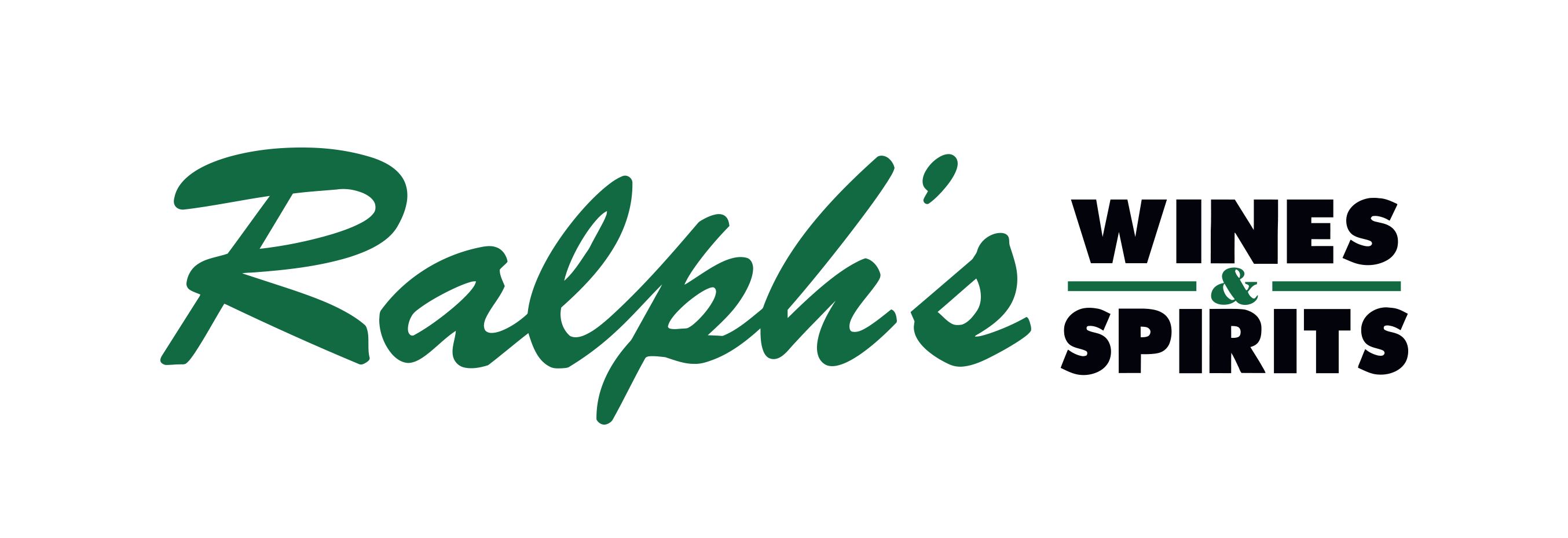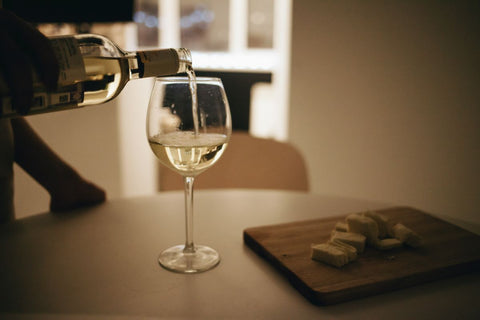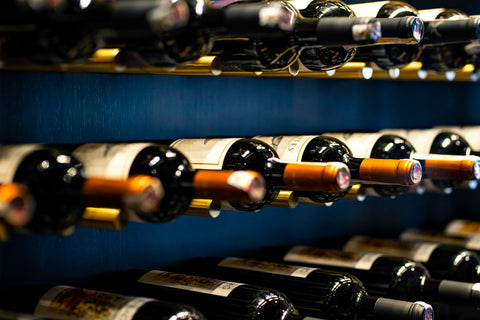How to train your wine palate?
- Learn the different wine styles
- Observe the wine
- Sniff the wine
- Take a small sip
- Give time to think
- Take notes
Embarking on a journey on how to train your wine palate is an exciting and rewarding endeavor. Just like developing any skill, refining your wine palate takes time, practice, and a willingness to explore. Whether you are a novice or a seasoned wine enthusiast, tasting wine can be mastered with guidance and determination.
This guide will delve into the essential techniques to help you train your wine palate. So, grab your wine glass, and let's embark on this delightful adventure together!
Learn the Different Wine Styles
Each style of wine, be it red, white, rosé, sparkling, or fortified, possesses its unique set of attributes that contribute to its overall taste profile. Familiarizing yourself with these can understand their differences in acidity, tannins, sweetness, body, and other key elements that shape the flavor and texture of wines. This lets you articulate the characteristics you enjoy and helps you make informed choices when selecting and exploring new wines. Learning about these various wine styles also allows you to broaden your horizons.
Observe the Wine
Observing the color of wine indicates its varietal, age, and production methods. For example, young white wines (like our Saint Claire Premium Sauvignon Blanc) tend to have a pale straw or greenish hue, while aged red wines (try out our Montes Alpha Merlot) can display garnet or brick tones. Additionally, the opacity or clarity of the wine can hint at its intensity, concentration, and potential flavors.
By training yourself to observe the wine's visual characteristics keenly, you can understand its potential aromas, flavors, and overall quality. This visual analysis complements your sensory experience of tasting wine, offering you a more holistic assessment and a deeper appreciation of its nuances.
Sniff the Wine

The third step in training your wine palate is sniffing the wine. Doing this allows you to experience and analyze the aromatic nuances and complexities of the wine. The aromas released from your wine can provide its characteristics, such as fruit notes, floral or herbal scents, oak influences, and potential faults or off-putting aromas.
When you sniff wine, you activate your olfactory senses, which are linked to taste sensations. You can train your olfactory memory to recognize and differentiate various scent profiles through practice and exposure to different wines. This skill enables you to identify and detect the wine's complexity.
Take a Small Sip
Each wine has a unique composition of flavors (we suggest our Allegrini Amarone Della Valpolicella). Taking a sip coats your taste buds, enabling you to taste the magical sensations of wine, such as its sweetness, acidity, bitterness, and other savory elements. This helps refine your palate, enabling you to discern subtle variations in flavor profiles and develop a more sophisticated comprehension of this liquor’s complexity.
Doing so also allows you to assess the wine’s feel in your mouth. This can add to your evaluation of the wine.
Give Time to Think
Taking the time to think and reflect during the process of training your wine palate is essential. It allows you to fully immerse yourself in the tasting experience and appreciate the nuances and complexities of different wines. When you give yourself a moment to pause and contemplate the flavors, aromas, and textures that you encounter, you open the door to a deeper understanding of the wine's characteristics.
It also encourages mindfulness and attentiveness during the tasting process. By being present at the moment and focusing on the sensations in your mouth and nose, you become more attuned to the subtleties that each wine offers.
Take Notes

Finally, taking notes is an essential practice that allows you to capture and remember important details about the wines you taste. By writing down your observations and impressions, you can create a valuable resource that helps you track your progress as a wine taster.
This will serve as a reference point, which enables you to recall specific aromas, flavors, textures, and other characteristics of the wines you have experienced. Moreover, note-taking helps you figure out your personal preferences, revisit them, and refine your wine-tasting skills over time.
Key Takeaway
When you learn how to train your wine palate, you open the door to a world of sensory delights and enhance your appreciation for wine. Engaging in these steps can have a refined palate that allows you to savor the intricacies of wine with confidence and sophistication.
Indulge in the world of imported wines in the Philippines with Ralph's Wines and Spirits. Explore our selection of satisfying and exceptional wines here, perfect for savoring and pairing with your favorite dishes. Visit the nearest Ralph's Wines and Spirits to discover a delightful array of imported wines that will elevate your wine-drinking experience.



